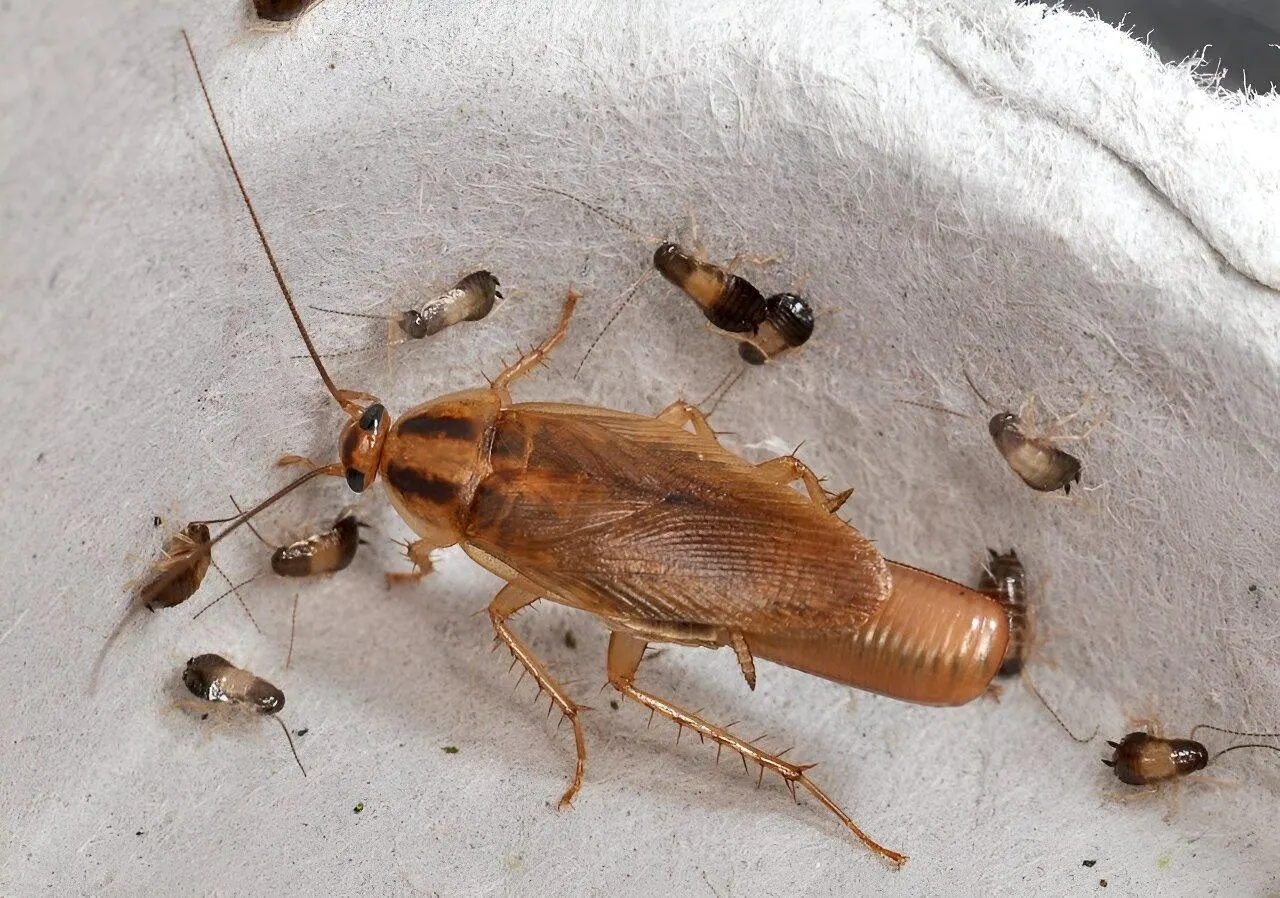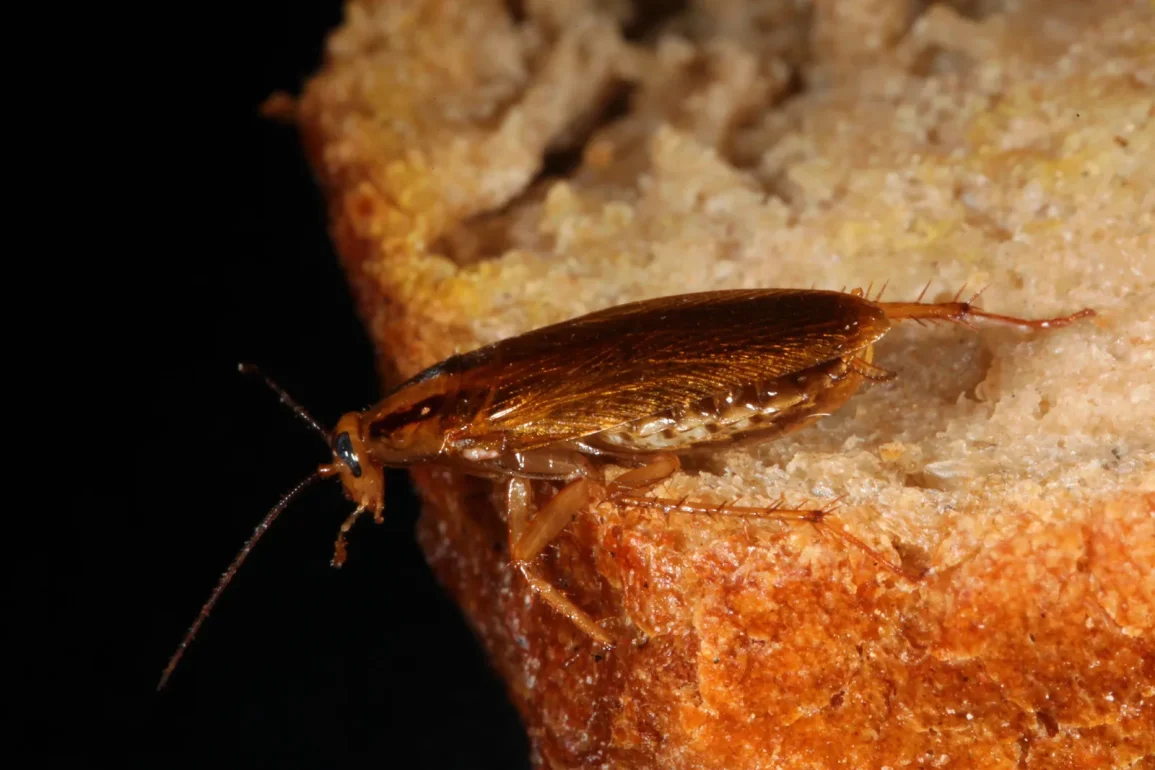The German cockroach, a common pest found in urban areas globally, has an ancient lineage dating back over 2,000 years to southern Asia. Recent research published in the Proceedings of the National Academy of Sciences indicates that the evolution and spread of these insects align closely with major historical shifts in global commerce, colonization, and war. This study highlights the role human activity has played in the dissemination of these resilient pests.
To trace the evolutionary journey of the German cockroach, Dr. Qian Tang and his team collected 281 specimens from 57 sites across 17 countries. By analyzing the DNA of these samples, the researchers aimed to fill gaps in historical records through genetic evidence.
The findings reveal that the modern German cockroach originated from the wild Asian cockroach, Blattella asahinai, around 2,100 years ago, predating their documented presence in 18th-century Europe.
The adaptation of these cockroaches to human environments began in ancient southern Asia, likely around modern-day India or Myanmar, where agricultural practices started encroaching on the insects’ natural habitats.

This initial shift set the stage for the cockroaches to integrate into human households. As trade routes and military campaigns expanded westward over the centuries, the cockroaches hitched rides in travelers’ and soldiers’ provisions, eventually reaching Europe approximately 270 years ago, coinciding with Carl Linnaeus’s first scientific description of them.
Dr. Jessica Ware, an expert in invertebrate zoology, underscores the significance of these findings, noting that the study provides genetic confirmation of long-held suspicions about the role of human movement in spreading pest species.
The conveniences of modern human living, such as indoor plumbing and heating, have inadvertently created ideal conditions for the proliferation of cockroaches. Ware points out that infrastructure developments like sewers have particularly facilitated their survival and spread.
Looking ahead, Tang aims to delve deeper into the genetic adaptations that have enabled German cockroaches to thrive alongside humans.
By sequencing the full genomes of the collected specimens, Tang hopes to uncover the mechanisms behind their rapid evolution, such as insecticide resistance and unique social behaviors like food communication. These studies could provide further insights into how human environments continue to shape the evolution of these persistent pests.

